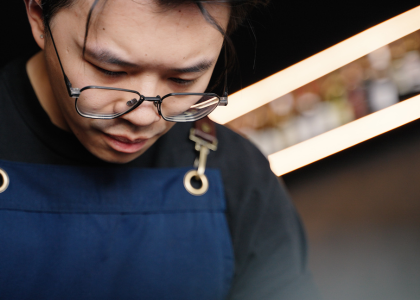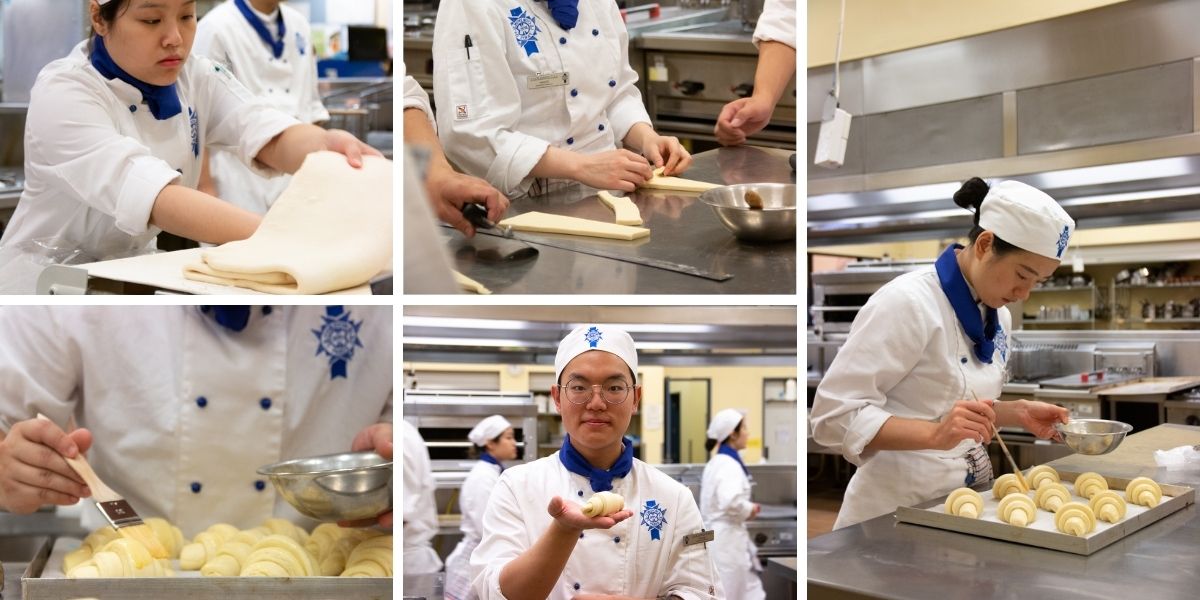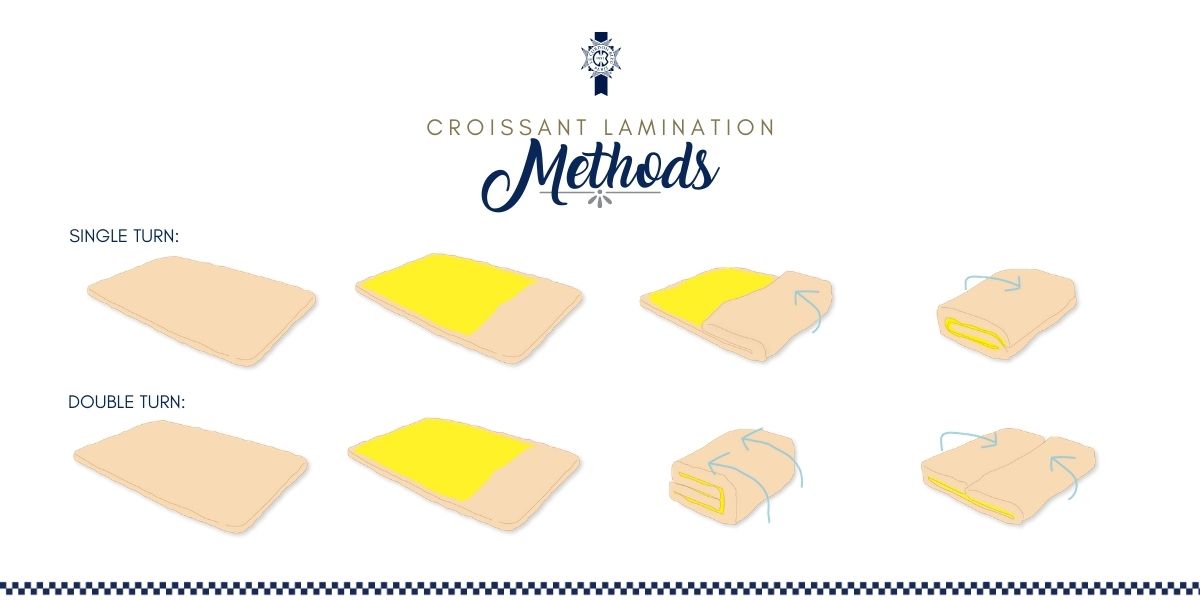
Alumni Video Series: Meet Simon Ming
This month we get to know Simon Ming who studied an Advanced Diploma of Hospitality Management (Cuisine). Simon is now the proud owner and chef at ODÉ Bistro in ...

There is nothing quite like a warm, buttery, flaky croissant for breakfast that is freshly baked and straight from the oven. With its origins dating back to the 13th century, croissants are still incredibly popular today and very accessible in local cafes, restaurants and patisseries. Yet few of us realise the technical process, art and refined techniques which advanced pastry chefs master in order to bring us these crispy, layered delights.
Whether you like your croissants filled, bi-coloured, iced, or you are an activated charcoal enthusiast who is partial to a black croissant, one thing which we can all agree on is that the traditional croissant reigns supreme. As croissants are so readily available and easy to eat, it may surprise you to learn that they are actually not so easy to make. Croissants can take up to two full days to prepare and bake and with the technical process involved in getting them perfect. It is no wonder they are not usually recommended for beginners to attempt without tuition.
Our Diplôme de Commis Pâtissier students are currently learning the intricate art of croissant making and it’s the perfect time to ask our Technical Director, Chef Tom Milligan to spill the tea (or shall we say, the poolish) on the secrets to the perfect croissant!
So do you have the time, care and patience to try the art of croissant making? Flex your baker’s biceps and get ready to roll with our croissant recipe below!
Yields 12x50g Croissants
Place the flour in a basin and make a well in the centre. Pour in part of the warm milk and disperse the yeast in it. Add the sugar and a pinch of salt.
Mix to a fairly firm dough using as much as the remaining milk as required. Scrape down the sides of the basin. Cover with a cloth and allow to rest in a cool place for about 10 hours.
Flatten the dough with the fist on to the bench. Cover with the butter which should be firm but pliable, then fold the dough over to enclose the butter as for puff pastry.
Give two turns as per the diagram below and allow to rest for 15 minutes, then give a final third turn. Allow to rest again before shaping into croissants.
To shape, pin out the dough to a thickness of 2-3mm and cut into 12 x 7 -8cm triangles. Roll up each triangle, starting at the base, and curl the ends round to form a crescent.
Place on a baking tray with the point of the rolled triangles on top. Cover with a cloth and prove for 1.5 to 2 hours in a moderately warm place. Wash with beaten egg before baking.
Bake for 15 minutes at 220c.
 Recipes similar to this are taught at Le Cordon Bleu Australia as part of our patisserie programs, which is the perfect path for anyone with aspirations to become a skilled pastry chef!
Recipes similar to this are taught at Le Cordon Bleu Australia as part of our patisserie programs, which is the perfect path for anyone with aspirations to become a skilled pastry chef!
Copyright © 2025 Le Cordon Bleu International B.V. All Rights Reserved.